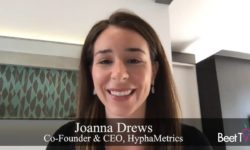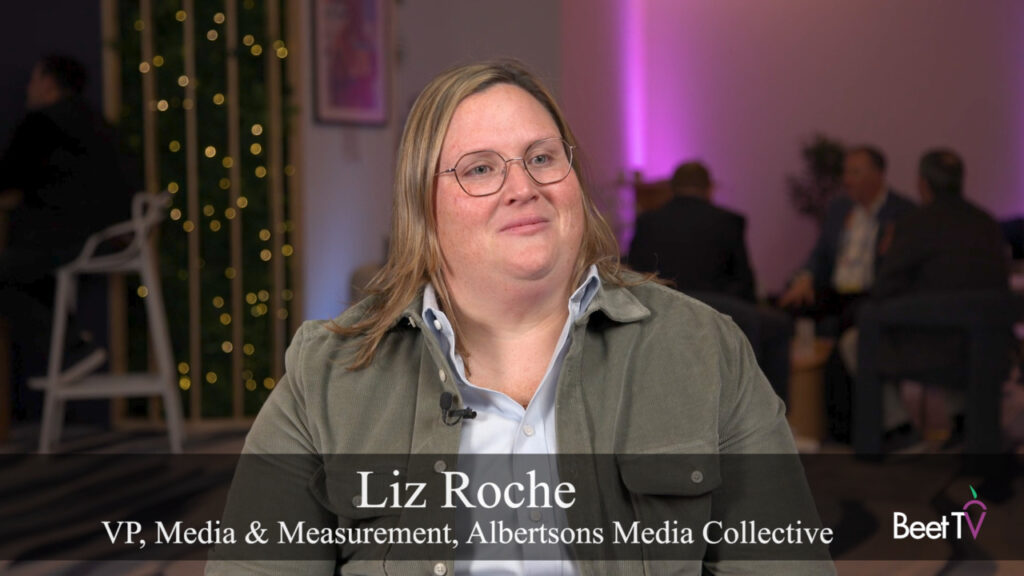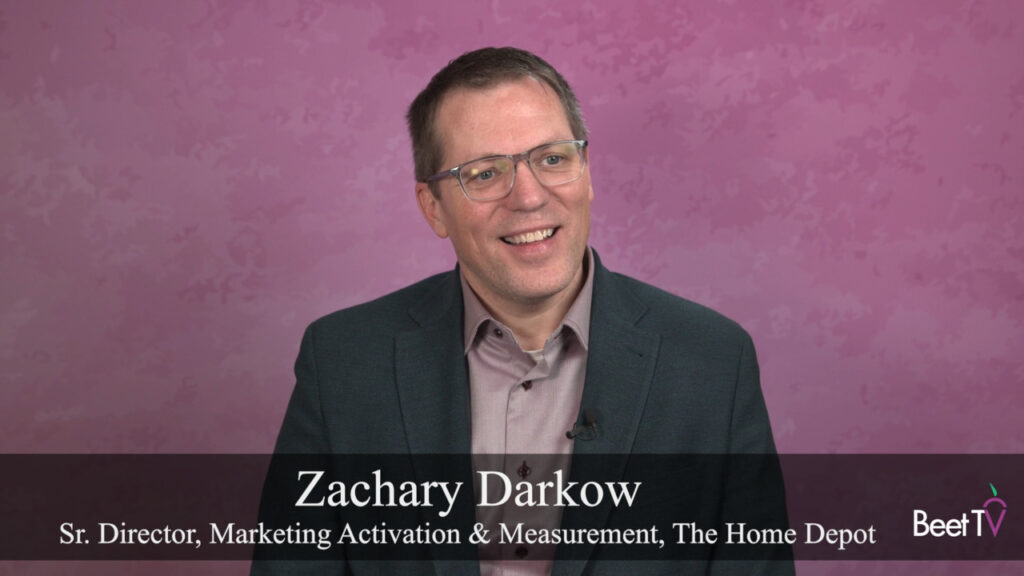Samsung Ads, the advanced TV advertising unit of the consumer electronics giant, recently launched a self-serve demand-side platform to give advertisers and their agencies more flexibility in their media buying.
Samsung DSP gives programmatic buyers access to proprietary data, audiences and inventory for 45 million U.S. households, letting manage reach and frequency for video campaigns on linear TV, connected TV (CTV), mobile and desktop.
“Opening up Samsung DSP to our advertising partners in a self-service fashion is the natural evolution of our business,” Joe Melaragno, head of platform sales and agency development at Samsung Ads, said in this interview with Beet.TV. “We know that advertisers want to have full access to use our data to activate in a self-service fashion.”
Samsung DSP grew out of the company’s acquisition of AdGear Technologies, a startup based in Montreal, four years ago.
Reaching Cord-Cutters
The portion of households that cancel cable and satellite TV service was forecast to grow to 27% by 2023 from about 20% this year, according to researcher eMarketer. As millions of consumers connect their TVs directly to the internet, their viewing choices are growing among a wider variety of services including advertising video-on-demand (AVOD) platforms that are free to watch.
“We have seen a dramatic increase in streaming activity, especially in ad-supported environments like Samsung TV+, over the last seven months since we’ve all been working from home and spending much more time in our homes,” Melaragno said. “We haven’t seen that drop off as things have settled into the ‘new normal.’ It’s easier to find them and reach them with digital ads served on the largest screen in the home.”
Samsung Ads gathers video data from smart devices including smart TVs equipped with automated content recognition (ACR), giving advertisers an exclusive source of audience information for targeting.
“The buyer can log into Samsung DSP, and they can build those audiences themselves, and they can find that incremental audience in a programmatic fashion without have to call their salesperson on the phone,” Melaragno said. “We don’t license our ACR data out to any partners. The DSP gives advertisers an additional way to do that.”
Resurgence in Demand
The U.S. advertising marketplace is showing signs of rebounding after a deep slump as coronavirus lockdowns went into effect in March and April. While some industries like airlines and hospitality have struggled to recover, others are bouncing back and boosting their marketing spending during the second half of the year. Increasingly, those ad budgets are going into digital media platforms.
“They’re reallocating those budgets from linear into digital TV because it’s the most effective way to reach viewers and it’s easier to reach them than ever before,” Melaragno said.
Samsung’s proprietary inventory sources include Samsung TV+, a subscription-free platform with more than 100 channels, and the Samsung Content Network which consists of ad placements in native apps that viewers install on their smart TVs. Buyers also can access sell-side platforms (SSPs) or exchanges that make inventory digitally available to programmatic buyers.
“We are seeing more and more advertisers who are doing programmatic upfronts, whether it’s activation in a private marketplace (PMP) or programmatic guaranteed fashion, or through a demand-side platform like Samsung DSP,” Melaragno said. “We do think the business will continue to grow, and we’re leaning into where buyers we believe are going.”














































